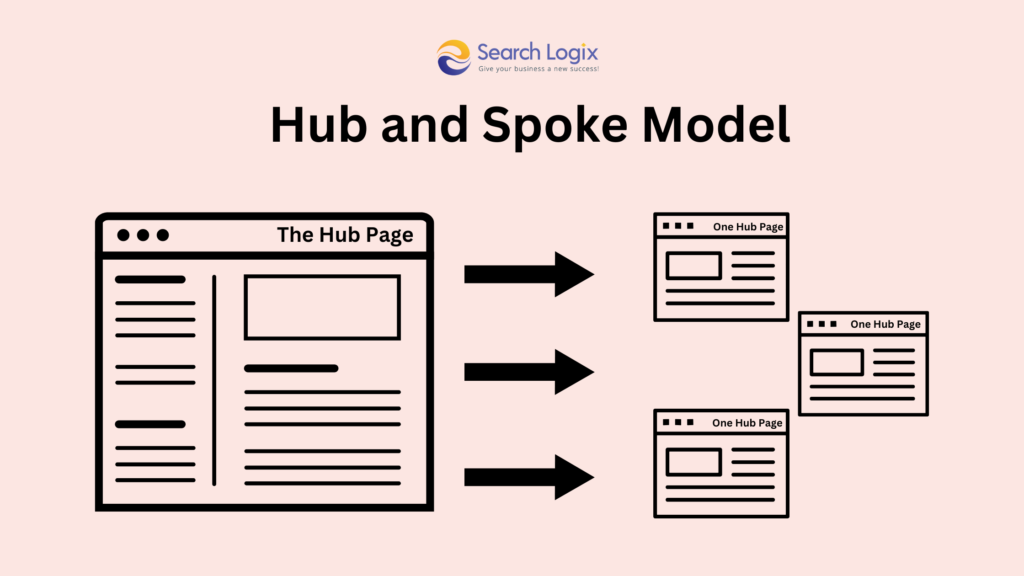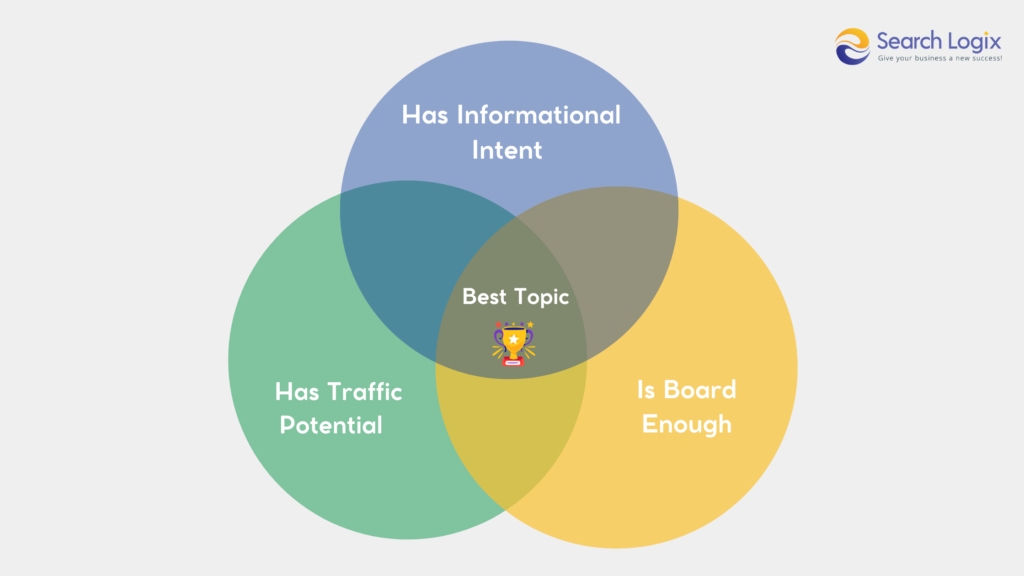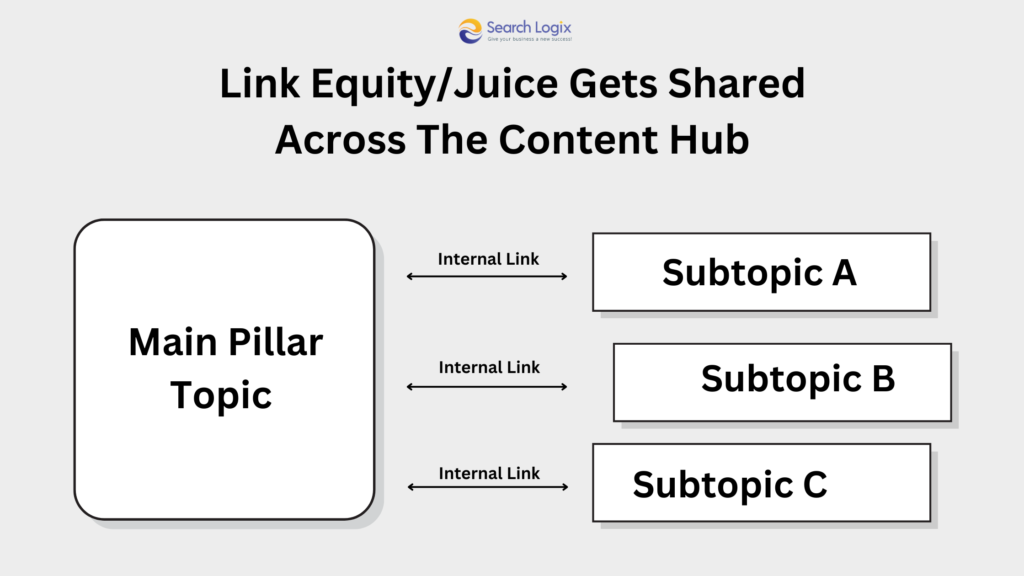Hub and Spoke Content Model: Basics, Benefits, and Process
Gone are the days of content marketing, which was merely the publication of blog posts or occasional updates on one’s activity. Now, in today’s digitally competitive landscape, businesses must develop a holistic, value-driven strategy that attracts, converts, and closes leads.
The need for structured and impactful content strategies has never been more crucial in the face of increasing competition for online visibility. And this is where the evolution of content marketing comes into play. Among such powerful frameworks is the Hub and Spoke Content Model.
This post takes us down the rabbit hole with Hub and Spoke Content Models—unpacking what all the components are, their benefits, and practical application to ensure your content marketing success.
What is a Hub and Spoke Content Model?
The Hub and Spoke Content Model is a strategy for content marketing and search engine optimization that organizes your content into a highly connected framework. At the heart of the model, there is a central piece of content called the hub, which is the central, definitive resource on a subject.
This hub is surrounded by a series of related and more detailed pieces of content, known as spokes, that give insight into subtopics or specific aspects of the main topic.

To illustrate this, you could think of the Hub and Spoke Model as the bicycle wheel:
- the center of the wheel is the hub, which provides stability and structure,
- while the spokes serve to connect the hub to the outer rim, ensuring balance and strength.
In content marketing, all these spokes are tied together so that there is a seamless and interconnected ecosystem of information.
Another analogy is the solar system, where the central hub is the sun and each spoke represents a planet that is orbiting around it to play an integral role that is intrinsically linked with the core.
Components of Hub and Spoke Content Model
1. Hub Content
Hub content forms the nucleus of this model. This content forms a comprehensive, authoritative piece meant to form the core information base about an extensive topic.
Some examples of Hub content include:
- Pillar pages
- Guides
- E-books
It should be very informative and evergreen. Sufficient value would help position your website as the authority on the topic. The context of the topic should be clear with precise information that can easily link with other sub-topics.
2. Spoke Content
Spoke content pieces provide additional information and context that may delve into more subtopics or particular facets of the overarching topic in the hub.
These include:
- How-to guides
- Case Studies
- Infographics
While each spoke content may be worth something individually, it’s more meaningful if it ties back to a hub. The webbing of this content then results not only in a reader-oriented piece but also search-optimized content.
Benefits of Hub and Spoke Model in Content Marketing
A well-defined strategy, the hub and spoke model will take your content marketing up a notch, thus rendering significant returns across various dimensions. How it works is thus an in-depth look here for you:
1. Overall Improvement in SEO Performance
By structuring content into a hub-and-spoke structure, you are touching on all sides of a topic. This makes you relevant for a wide variety of keywords and increases your authority in the eyes of the search engines.
The model encourages a logical and robust internal linking strategy. Spoke content links back to the hub, dispersing link equity and communicating the hierarchy and importance of your pages to search engines. It can boost your probability of ranking better on SERPs.
2. Better User Experience
The hub allows the user to move through it and its connected spokes seamlessly, providing deeper insights into the subject matter. This is user-friendly because all the information a reader may need can be found in one place.
A well-structured hub-and-spoke model ensures intuitive navigation, helps users locate related content, increases time spent on your website, reduces bounce rates, and builds trust with your audience.
3. Efficient Content Creation
The hub-and-spoke model is used as a blueprint for creating content. It helps determine the central themes (hubs) and supporting subtopics (spokes), which makes planning your content much easier.
In this approach, you’ll create cluster content around a central topic, which reduces the probability of duplicating topics, thus adding unique value to each piece of content for the overall quality of the content library.
4. Boosts Traffic and Engagement
Hub and spoke model will target both top-level and long-tail keywords, thereby ensuring that different search intents are covered within the content. This gradually builds a constant flow of organic traffic from different parts of the audience.
As a result, it will be well shared on social media; the hub-and-spoke model is very engaging due to its depth and usability, and therefore, wider reach in terms of engaging users.
How to Create Hub and Spoke Content Model?
Now that you have read what a hub and spoke content model can provide, you should also know how to create it and utilize in your content marketing plan. This is done as follows:
1. Identify the Core Topic (Hub)
The hub is the central part of your content strategy. Choose a topic that is broad enough to include multiple related subtopics yet narrow enough to establish your authority. If you are from the healthcare and fitness niche, one good example would be covering topics like “Fitness guide for good health” and “A complete guide for Athletes.”

You can search these topics manually or use content marketing tools like Google Trends, Semrush, and Ubersuggest. Look for a long-term relevant topic to ensure sustained traffic and engagement.
2. Research Subtopics (Spokes)
The main topic should further be broken down into detailed, specific topics of interest, such as spokes that the hub topic of “Weight Loss” can create: these include “Keto Diet for Beginners,” “Best Exercises for Fat Burning,” or “Common Weight Loss Mistakes.”
Identify subtopics of high potential with keyword research tools. Use tools like SEMrush to help identify long-tail keywords, searches, and common FAQs about your hub. Also, monitor the competitors to see gaps you can cover with your spoke content.
3. Create Comprehensive Hub Content
Develop a lengthy, in-depth article or guide that encompasses the basic subject matter. It needs to be a comprehensive resource by which readers can find what they are looking for.
Headers, bullet points, and short paragraphs should be used to break up text, which allows readers to scan it easily.
Include infographics, charts, videos, and so forth to enhance the content so it is engaging. That helps in increasing dwell time and keeps users hooked with your content.
4. Develop Supporting Spoke Content
Write comprehensive blog posts, guides, tutorials, or other content types, for each spoke on those subtopics. These must be well-researched, actionable insights with specific problem-solving.
Experiment with the type of content format used: How-to videos, step-by-step guides, case studies, and FAQs in the context of different user preferences.
Match the tone and depth of each spoke to the particular intent of users who look for that subtopic. This will create a journey for readers to understand the connectivity of the context from one topic to another.
5. Link Hub and Spoke Content
All spoke pages should be linked back to the hub content and vice versa. For instance, a spoke article “Keto Diet for Beginners” should link to the hub article “Complete Guide to Weight Loss,” while the hub should also lead users to the keto article.

Anchor text will reflect target keywords. Thus, it provides the necessary context not only for the search engine but also for the readers. For example, in place of the general words “click here,” the actual link text will be “Keto Diet for Beginners.”
Design an intuitive navigation structure so that the user can easily move from hub content to spoke content, staying longer on your website.
6. Optimize for SEO
Include target keywords in the title, meta description, headers, and throughout the content. Ensure that descriptive ALT text is used for images and that the URL structures are optimized. Conversational language and question-based keywords must be used for voice searches.
Optimize your website to perform with improved loading times, mobile-friendly designs, and a fix of broken links. Use schema markup to enhance the search engine’s ability to understand relationships between the content.
7. Promote Your Content
Share your hub and spoke content on Facebook, LinkedIn, and Twitter so that it can be seen by more people. Use engaging visuals and teasers to bring clicks.
Also, feature the hub and related spokes in newsletters to encourage subscribers click on your website for further information. Reach out to influencers, bloggers, and niche websites to share your hub content and earn some backlinks.
Optimize Content Marketing Strategies with eSearch Logix
In the fast-paced digital space, content marketing remains right at the heart of effective online strategies. At eSearch Logix, we acknowledge that content is at the heart of driving engagement and trust and boosting conversions in business.
As a renowned professional digital marketing company, we provide time-tested services with proven results to promote your content marketing efforts.
- Bespoke Strategies for Your Business
We know that every business is unique. Our content marketing team creates personalized strategies aimed at achieving your goals based on your target audience, industry trends, and others.
- Data-Driven Approach
Using advanced analytics and tools, we determine content gaps, monitor performance, and adjust strategies for the best ROI. From keyword research to analyzing behavior from your audience, we will ensure that the content developed is impactful and relevant.
- Diverse Content Expertise
Our services cover diverse content types, such as blogs, infographics, videos, whitepapers, and case studies. This way, your brand message will be delivered and resonated to your target audience through several channels.
- SEO-Optimized Content
We incorporate SEO best practices in every piece of content that we produce, ensuring maximum visibility in search engines. Strategic placement of keywords, metadata optimization, and structured internal linking all help drive your content to rank higher and drive organic traffic.
- Delivery Focused on Engagement
Our content is designed not only to inform but to engage. We craft compelling narratives and use multimedia elements in a manner that keeps your audiences connected to your brand.
Partnering with eSearch Logix means you invest in content marketing, as well as a comprehensive approach that can deliver measurable results. Let us help you create and implement content that speaks to your audience, meets your business goals, and keeps you ahead of the competition.







